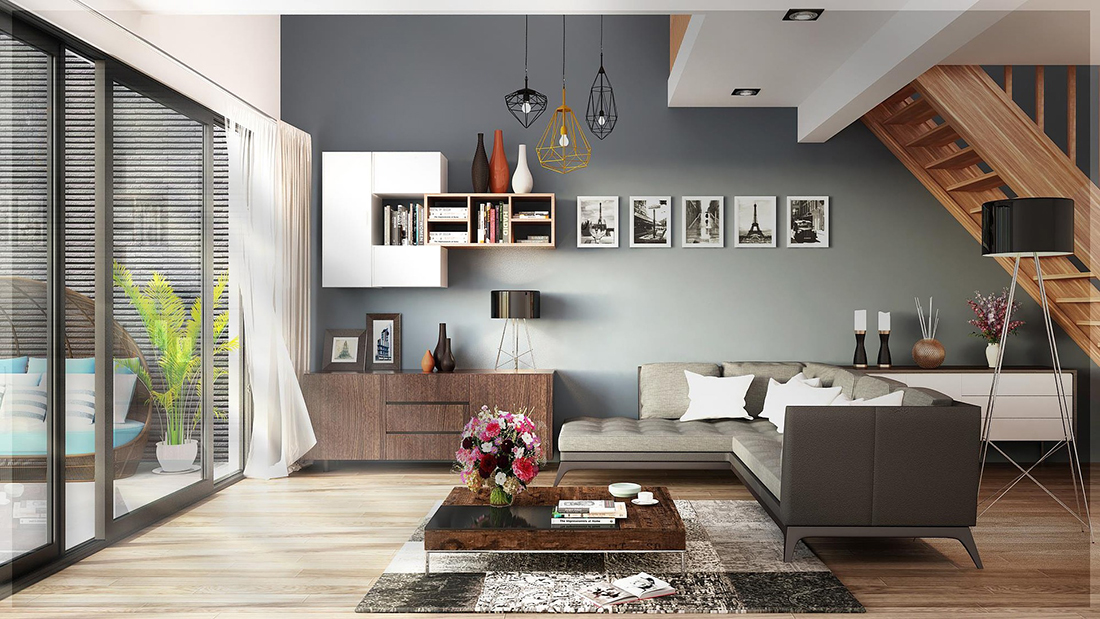As temperatures soar and the sun beats down, keeping your home cool becomes a top priority for comfort and well-being. However, traditional methods of cooling such as air conditioning can be costly and environmentally taxing. In the quest for a cooler home, it’s essential to explore innovative and sustainable solutions that not only provide relief from the heat but also promote energy efficiency and environmental stewardship. Join us on a journey as we uncover unique and effective ways to cool your home while embracing ingenuity and eco-consciousness.

Understanding the Heat: A Primer on Home Cooling
- The Science of Heat Transfer:
Understanding the principles of heat transfer is essential for effective home cooling. Heat flows from warmer to cooler areas, seeking equilibrium. To cool your home effectively, it’s crucial to identify sources of heat gain and implement strategies to counteract them. - Common Heat Sources:
Heat can enter your home through various avenues, including direct sunlight, heat radiating from appliances, and air infiltration through doors and windows. Identifying these sources allows you to target specific areas for cooling interventions. - Air Circulation and Ventilation:
Proper air circulation and ventilation play a vital role in maintaining a comfortable indoor environment. Adequate airflow helps distribute cool air evenly throughout your home while expelling excess heat and humidity.
Innovative Cooling Solutions: Thinking Outside the Box
- Passive Cooling Techniques:
Passive cooling techniques harness natural elements such as airflow, shading, and thermal mass to cool your home without the need for mechanical systems. Strategies like strategic window placement, natural ventilation, and reflective roofing materials can significantly reduce indoor temperatures. - Evaporative Cooling Systems:
Evaporative coolers, also known as swamp coolers, offer an energy-efficient alternative to traditional air conditioning. These systems use the natural process of water evaporation to cool indoor air, making them particularly effective in dry climates. - Heat-Reflective Roofing:
Heat-reflective roofing materials, such as cool roofs and solar reflective shingles, minimize heat absorption and reduce the transfer of heat into your home. By reflecting sunlight away from the roof surface, these materials help maintain lower indoor temperatures.
Smart Technologies for Cooling Efficiency
- Smart Thermostats:
Smart thermostats offer precise control over your home’s cooling system, allowing you to adjust temperatures remotely and create customized cooling schedules. These devices optimize energy usage by automatically adjusting settings based on occupancy patterns and weather conditions. - Energy-Efficient Appliances:
Upgrading to energy-efficient appliances, such as refrigerators, washing machines, and dishwashers, can significantly reduce heat output and lower indoor temperatures. Look for appliances with ENERGY STAR certification to ensure optimal energy savings. - Window Treatments and Shades:
Installing window treatments, such as blinds, curtains, or solar shades, can help block out sunlight and reduce heat gain through windows. Opt for light-colored or reflective materials that deflect solar radiation while allowing natural light to enter your home.
Cool Landscaping Strategies: Embracing Nature’s Cooling Power
- Strategic Planting:
Planting trees, shrubs, and vines strategically around your home can provide natural shade and help lower ambient temperatures. Deciduous trees offer the dual benefit of shading your home in the summer while allowing sunlight to penetrate in the winter. - Green Roofs and Living Walls:
Green roofs and living walls introduce vegetation to your home’s exterior, creating additional insulation and reducing heat absorption. These green features not only enhance aesthetic appeal but also contribute to improved air quality and biodiversity. - Xeriscaping:
Xeriscaping involves designing landscapes that require minimal water and maintenance. By incorporating drought-tolerant plants, gravel, and mulch, you can create a low-maintenance outdoor environment that remains cool and inviting even in hot weather.
Challenges and Considerations: Navigating the Path to Coolness
- Climate Considerations:
Cooling strategies that work well in one climate may be less effective in another. It’s essential to tailor your cooling approach to the specific climatic conditions of your region, taking factors such as humidity levels, solar exposure, and prevailing winds into account. - Initial Investment vs. Long-Term Savings:
While some cooling solutions may require an initial investment, it’s essential to consider the long-term savings potential. Energy-efficient upgrades and sustainable cooling technologies often pay for themselves over time through reduced energy bills and lower maintenance costs. - Balancing Comfort and Conservation:
Finding the right balance between comfort and conservation is key to sustainable home cooling. While it’s essential to stay cool and comfortable, it’s equally important to minimize energy consumption and environmental impact.
Looking to the Future: Advancements in Home Cooling
- Solar-Powered Cooling Systems:
The integration of solar power into home cooling systems holds promise for the future. Solar-powered air conditioners and evaporative coolers harness the sun’s energy to provide efficient and environmentally friendly cooling solutions. - Passive House Design Principles:
Passive house design principles prioritize energy efficiency and thermal comfort, minimizing the need for mechanical heating and cooling systems. By optimizing insulation, airtightness, and solar orientation, passive homes maintain stable indoor temperatures year-round. - Bioclimatic Architecture:
Bioclimatic architecture integrates climate-responsive design principles to optimize thermal comfort and energy efficiency. By adapting building designs to local climate conditions, bioclimatic homes leverage natural resources and passive strategies to minimize energy consumption.
Conclusion: Embracing Coolness with Innovation and Sustainability
As we journey through the realm of home cooling, we discover a myriad of innovative solutions that promise to keep our homes comfortable, efficient, and sustainable. From passive cooling techniques to smart technologies and green landscaping strategies, the path to coolness is paved with creativity and eco-consciousness. By embracing these innovative approaches and adapting them to our unique needs and environments, we can create homes that provide respite from the heat while minimizing our carbon footprint and preserving the planet for future generations.